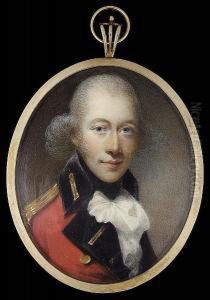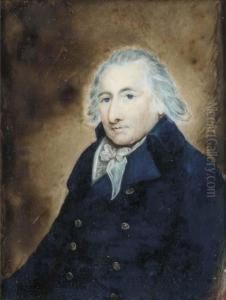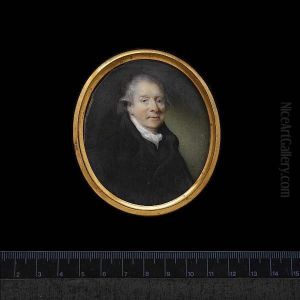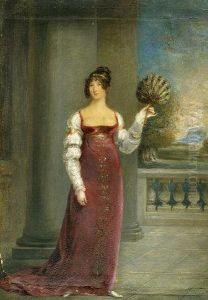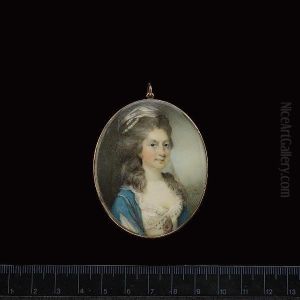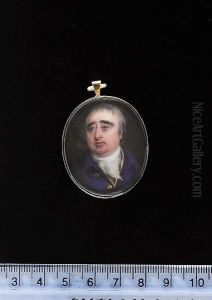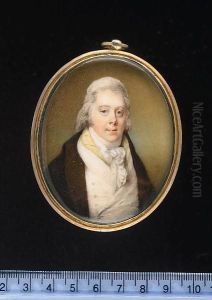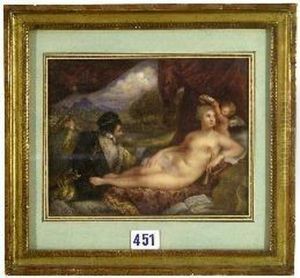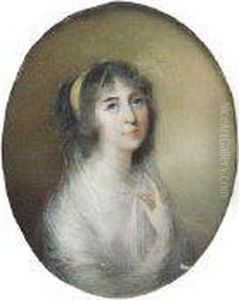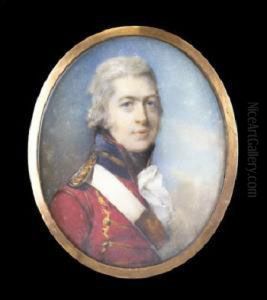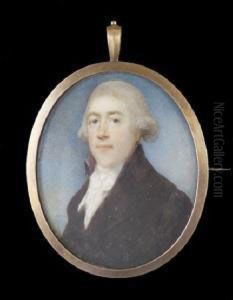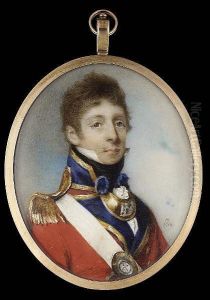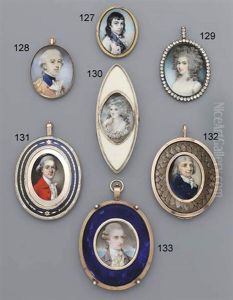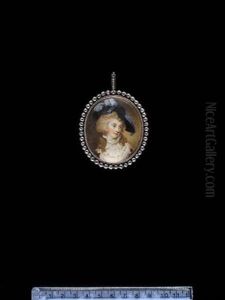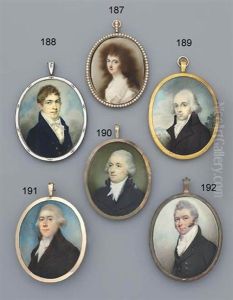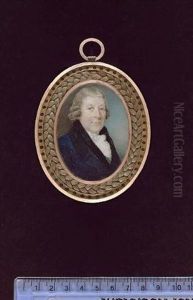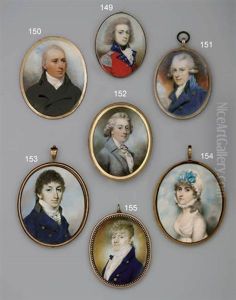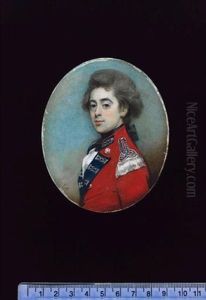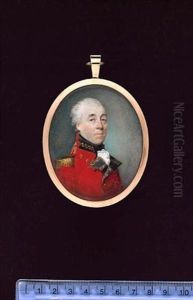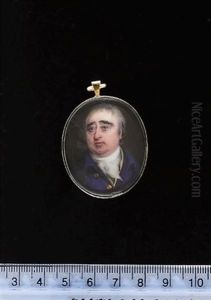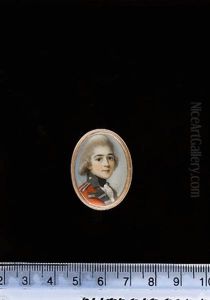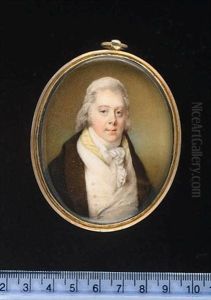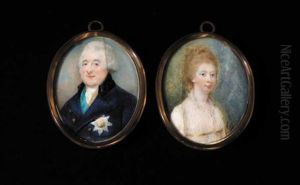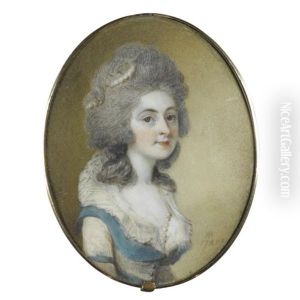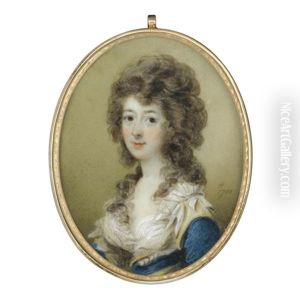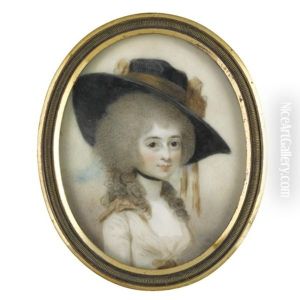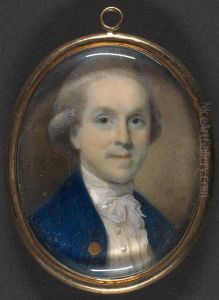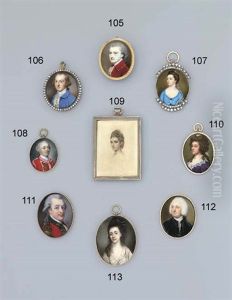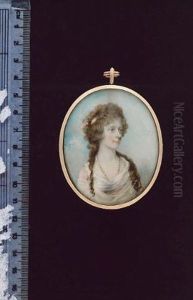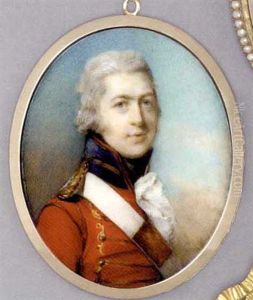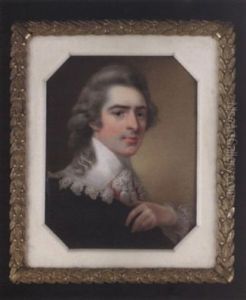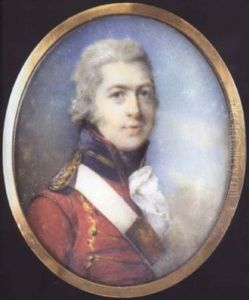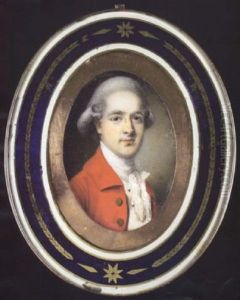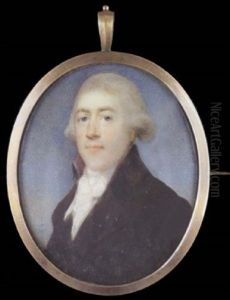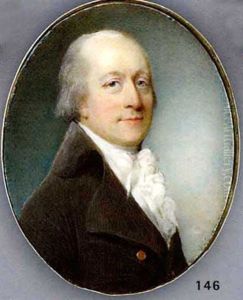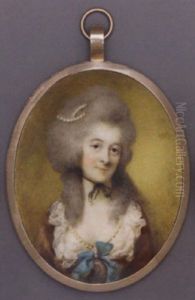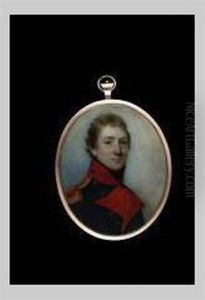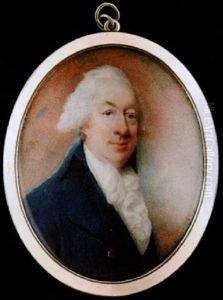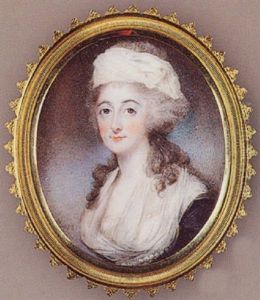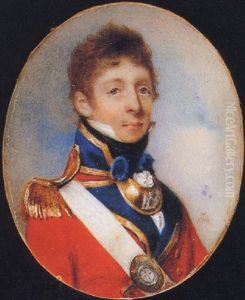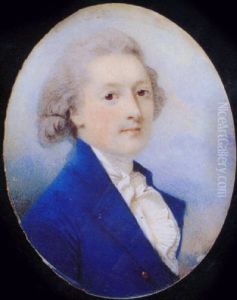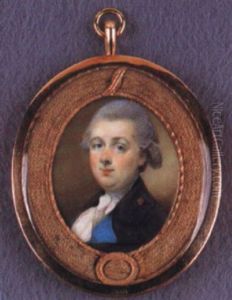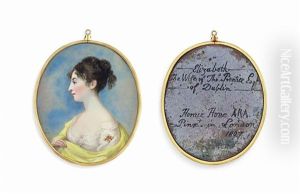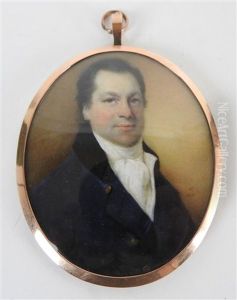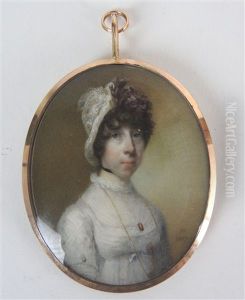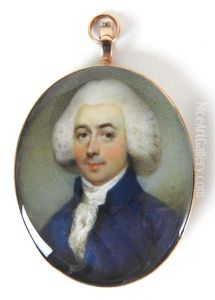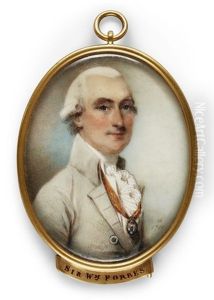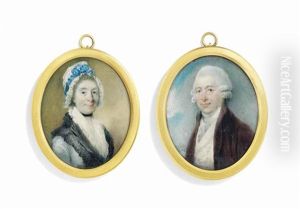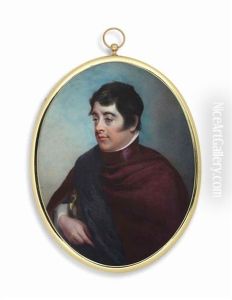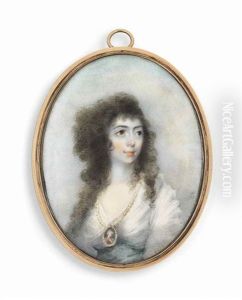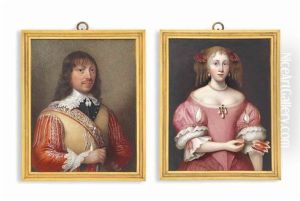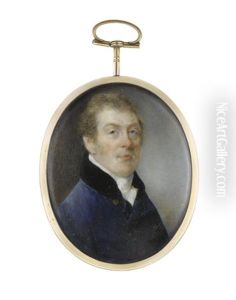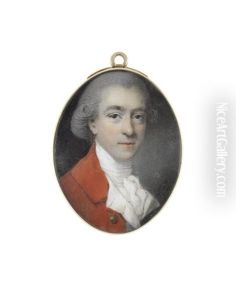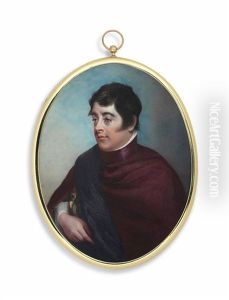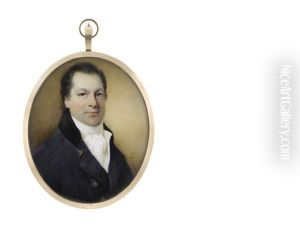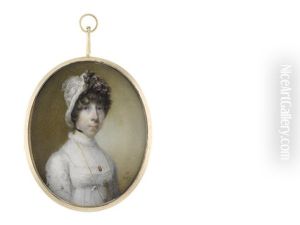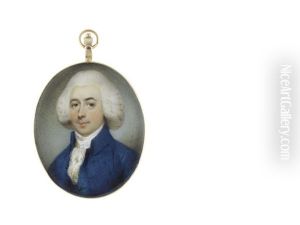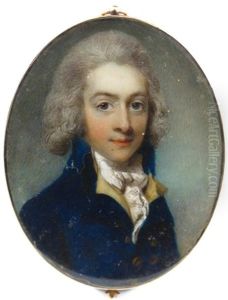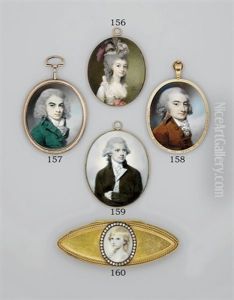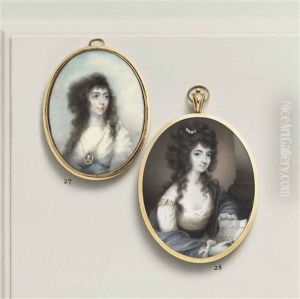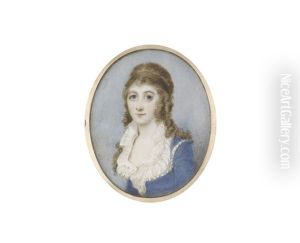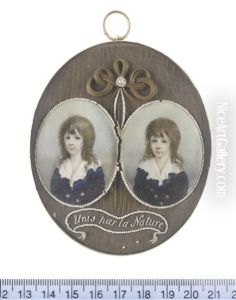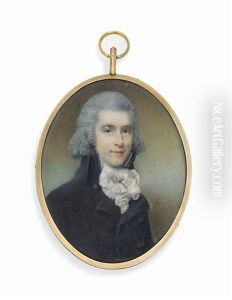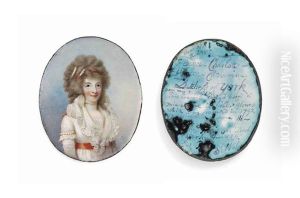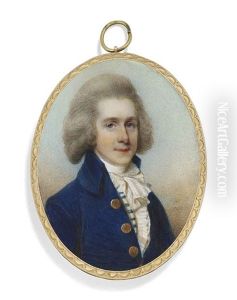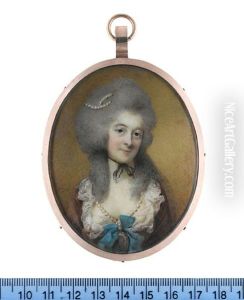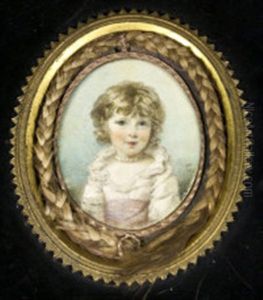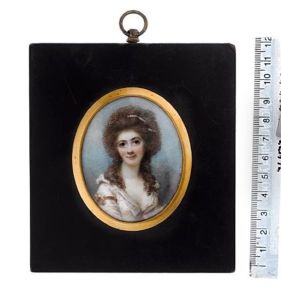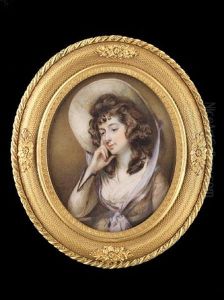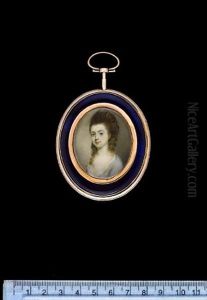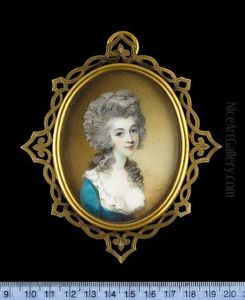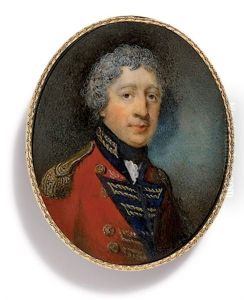Horace Hone Paintings
Horace Hone was an Irish-English miniature painter, born in 1756 in Dublin, Ireland. He was part of the famous Hone family, a lineage that included several notable artists, among them his father, Nathaniel Hone the Elder, a renowned portrait painter. Despite the shadow cast by his father's success, Horace managed to carve out his own niche in the art world, primarily focusing on miniature paintings, a popular art form of the 18th century.
Educated initially by his father, Horace's talent quickly became apparent. He moved to London to further his career and became an associate of the Royal Academy in 1779. His work was well received, and by 1782, he had been made a full Academician, a significant achievement that highlighted his skill and the high regard in which he was held by his peers.
Hone's style was distinct for its delicate and precise brushwork, which captured the nuances of personality and character of his sitters. He was particularly adept at using watercolors on ivory, a technique that lent a luminous quality to his portraits. Among his patrons were members of the British aristocracy and other notable figures of the time, which attests to his reputation and the demand for his work.
Despite his success, Hone faced personal and professional challenges. In 1788, a scandal, details of which remain somewhat obscure, led to his temporary move to Dublin. However, he continued to exhibit his work in London and eventually returned there, where he remained an active and respected member of the artistic community until his death in 1825.
Throughout his career, Hone also contributed to the development of miniature painting as a respected art form. He experimented with new techniques and materials, pushing the boundaries of what was possible in miniature art. His legacy is not just in the beautiful portraits he left behind but also in his influence on the generations of miniature painters who followed him.
Horace Hone died in 1825, leaving behind a body of work that remains appreciated for its beauty and technical skill. His contributions to the art of miniature painting have ensured his place in the annals of art history, remembered as a talented artist who emerged from the shadow of his famous father to establish a distinguished career in his own right.
